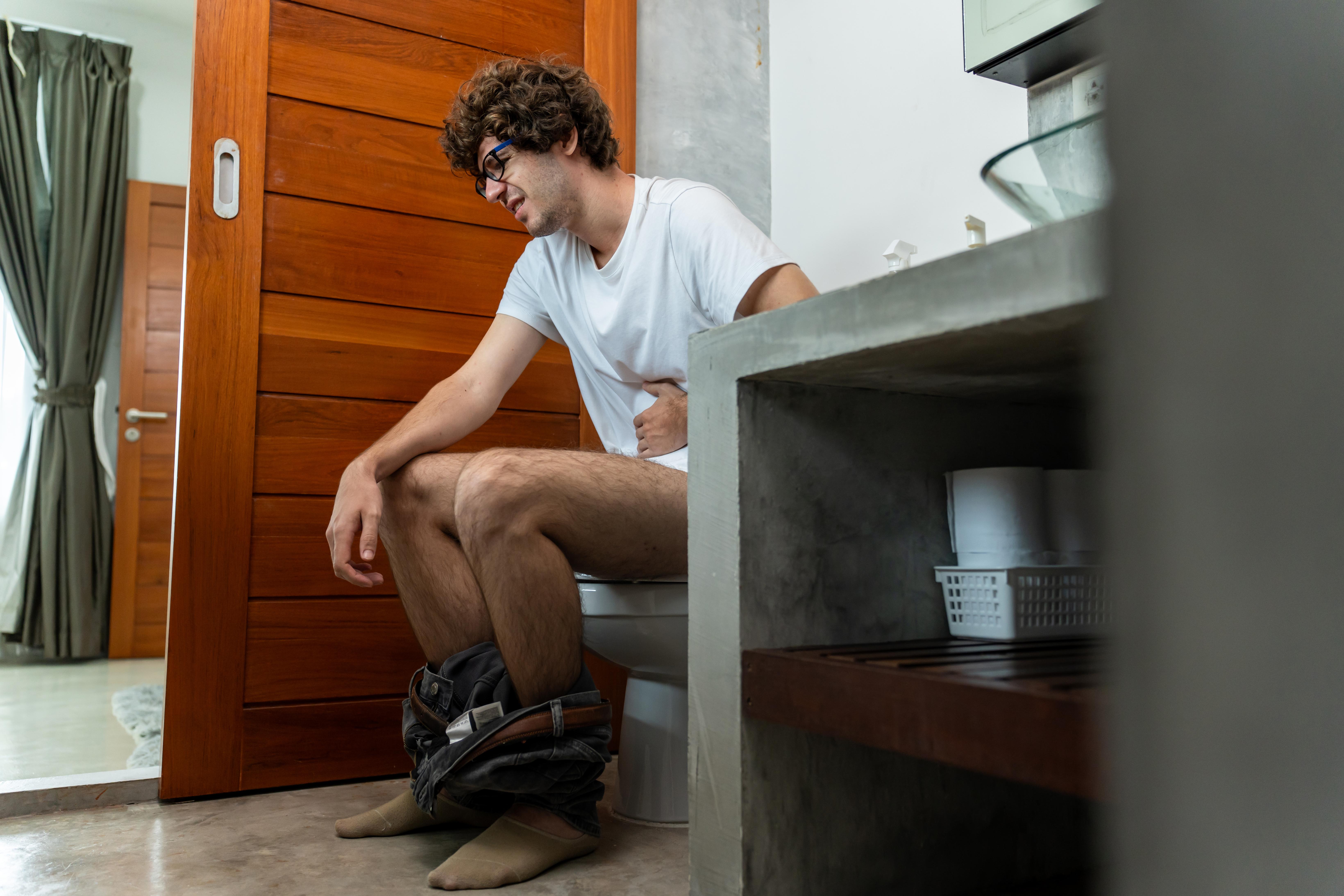Foolproof Ways to Spot the Sneaky Signs of Kidney Pain
11. Hydronephrosis

Hydronephrosis occurs when urine cannot drain properly from the kidneys to the bladder, causing the kidneys to swell. This condition can result from kidney stones, urinary tract obstructions, or congenital abnormalities. The swelling produces sharp or dull pain in the flanks and can also cause nausea, vomiting, fever, and difficulty urinating. Patients may notice changes in urinary output, such as a decrease in volume or a cloudy appearance. Left untreated, hydronephrosis can lead to kidney damage and infections. Doctors diagnose the condition through imaging studies like ultrasounds or CT scans, which reveal the extent of kidney swelling. Treatment depends on the underlying cause; for example, removing obstructions with surgery or medication may resolve the issue. In severe cases, a catheter or stent might be placed to restore urine flow. Early detection and intervention are essential to prevent long-term complications.
12. Kidney Trauma

Kidney trauma is a serious condition that can occur due to blunt force injuries, such as car accidents, falls, or sports injuries. It may also result from penetrating injuries like gunshot or stab wounds. The pain associated with kidney trauma is often severe and localized to the flanks or lower back. Patients may experience hematuria, bruising around the site of injury, swelling, or shock symptoms like low blood pressure and rapid heart rate. In some cases, kidney trauma can lead to complications such as infection, kidney rupture, or loss of kidney function. Diagnosis typically involves imaging studies such as CT scans or ultrasounds to assess the extent of damage. Treatment depends on the severity of the injury and may range from rest and monitoring to surgical intervention. Early medical attention is critical to address complications and ensure proper kidney healing.
